The internet has undergone significant transformations since its inception, evolving from static information repositories to dynamic, user-driven platforms. Today, we stand on the brink of another monumental shift: the transition to Web3. This new paradigm promises to redefine online interactions by decentralizing control, enhancing user privacy, and fostering a more equitable digital landscape.
Understanding Web3
Web3, often referred to as the decentralized web, envisions an internet where users have greater control over their data and online identities. Unlike the current web (Web2), dominated by centralized entities that manage and monetize user information, Web3 leverages blockchain technology to distribute power and data across a network of nodes. This structure ensures that no single entity has overarching control, thereby promoting transparency and user autonomy.
Key Components of Web3
- Blockchain Technology: At the heart of Web3 lies blockchain—a decentralized ledger that records transactions across a network of computers. This technology ensures data integrity and security, making it nearly impossible for any single entity to alter information unilaterally.
- Smart Contracts: These are self-executing contracts with the terms directly embedded in code. Smart contracts facilitate, verify, and enforce agreements without the need for intermediaries, streamlining processes and reducing costs.
- Decentralized Applications (DApps): Unlike traditional applications that run on centralized servers, DApps operate on decentralized networks. This design enhances security and resilience, as there’s no central point of failure.
- Cryptocurrencies and Tokens: Digital assets play a pivotal role in Web3, enabling peer-to-peer transactions and incentivizing network participation without relying on traditional financial institutions.
The Evolution from Web2 to Web3
To appreciate the significance of Web3, it’s essential to understand its predecessors:
- Web1: The original iteration of the internet, characterized by static pages and limited user interaction. Users primarily consumed content without much engagement.
- Web2: Marked by dynamic content and user-generated platforms like social media, blogs, and wikis. While it democratized content creation, it also led to data centralization, with tech giants accumulating vast amounts of user information.
- Web3: Aims to rectify the pitfalls of Web2 by decentralizing data control, enhancing privacy, and enabling users to own their digital identities and assets.
Impact of Web3 on Online Interactions
- Data Ownership and Privacy: In the Web2 model, platforms often have unrestricted access to user data, leading to privacy concerns and data breaches. Web3 shifts data ownership back to users, allowing them to control who accesses their information. This change reduces the risk of unauthorized data exploitation and enhances personal privacy.
- Decentralized Social Media: Traditional social media platforms operate under centralized control, making them susceptible to censorship and data manipulation. Web3 introduces decentralized social networks where users can share content without fear of undue censorship, and where data is not stored on a single server but distributed across the network.
- Enhanced Security: The decentralized nature of Web3 makes it more resilient to attacks. Without a central server to target, malicious actors find it more challenging to compromise the network. Additionally, blockchain’s immutable ledger ensures that once data is recorded, it cannot be altered retroactively.
- Economic Empowerment: Web3 enables new economic models through decentralized finance (DeFi). Users can engage in financial activities like lending, borrowing, and trading without traditional banks, often resulting in lower fees and greater accessibility.
- Interoperability: Web3 promotes the development of interoperable platforms, allowing users to move seamlessly between different services without the need for multiple accounts or redundant data entry.
Challenges Facing Web3 Adoption
While Web3 offers numerous advantages, its widespread adoption faces several hurdles:
- Scalability: Current blockchain networks often struggle with processing large volumes of transactions quickly. Developing scalable solutions is crucial for Web3 to handle mass adoption.
- User Experience: Interacting with blockchain-based applications can be complex, deterring non-technical users. Simplifying interfaces and enhancing user experience are essential for broader acceptance.
- Regulatory Uncertainty: Governments worldwide are still grappling with how to regulate decentralized technologies. Clear and supportive regulatory frameworks are necessary to foster innovation while protecting users.
- Energy Consumption: Some blockchain networks, especially those using proof-of-work consensus mechanisms, consume significant energy. Transitioning to more sustainable models, like proof-of-stake, is vital for environmental considerations.
Real-World Applications of Web3
- Decentralized Finance (DeFi): Platforms like Uniswap and Aave allow users to trade assets, lend, and borrow funds without traditional intermediaries, democratizing access to financial services.
- Non-Fungible Tokens (NFTs): Artists and creators can tokenize their work, ensuring provenance and enabling direct sales to consumers, which revolutionizes the art and entertainment industries.
- Decentralized Autonomous Organizations (DAOs): These are member-owned communities without centralized leadership, enabling collective decision-making and governance over shared resources.
- Supply Chain Management: Blockchain’s transparency allows for tracking goods from origin to consumer, enhancing trust and reducing fraud in supply chains.
The Future of Web3
As Web3 continues to evolve, it holds the promise of creating a more equitable and user-centric internet. By addressing current challenges and fostering innovation, Web3 can redefine how we interact online, placing control back into the hands of users and minimizing the dominance of centralized entities.
Conclusion
Web3 represents a paradigm shift in the digital landscape, moving towards a decentralized, user-focused internet. By leveraging blockchain technology and promoting data ownership, Web3 has the potential to transform online interactions, making them more secure, private, and equitable. As we navigate this transition, collaboration among technologists, regulators, and users will be essential to realize the full potential of a decentralized web.
References
- Web3 and the Decentralized Future: Exploring Data Ownership, Privacy, and Blockchain Infrastructure
- Web3– the Decentralized Future of the Internet
- Is Web3 the Future? Exploring the Potential of Decentralized Internet
- Decentralized Web3 Reshaping Internet Governance: Towards the Emergence of New Forms of Nation-Statehood
- Unveiling the Future: A Comprehensive Dive into Web3’s Revolutionary Potential
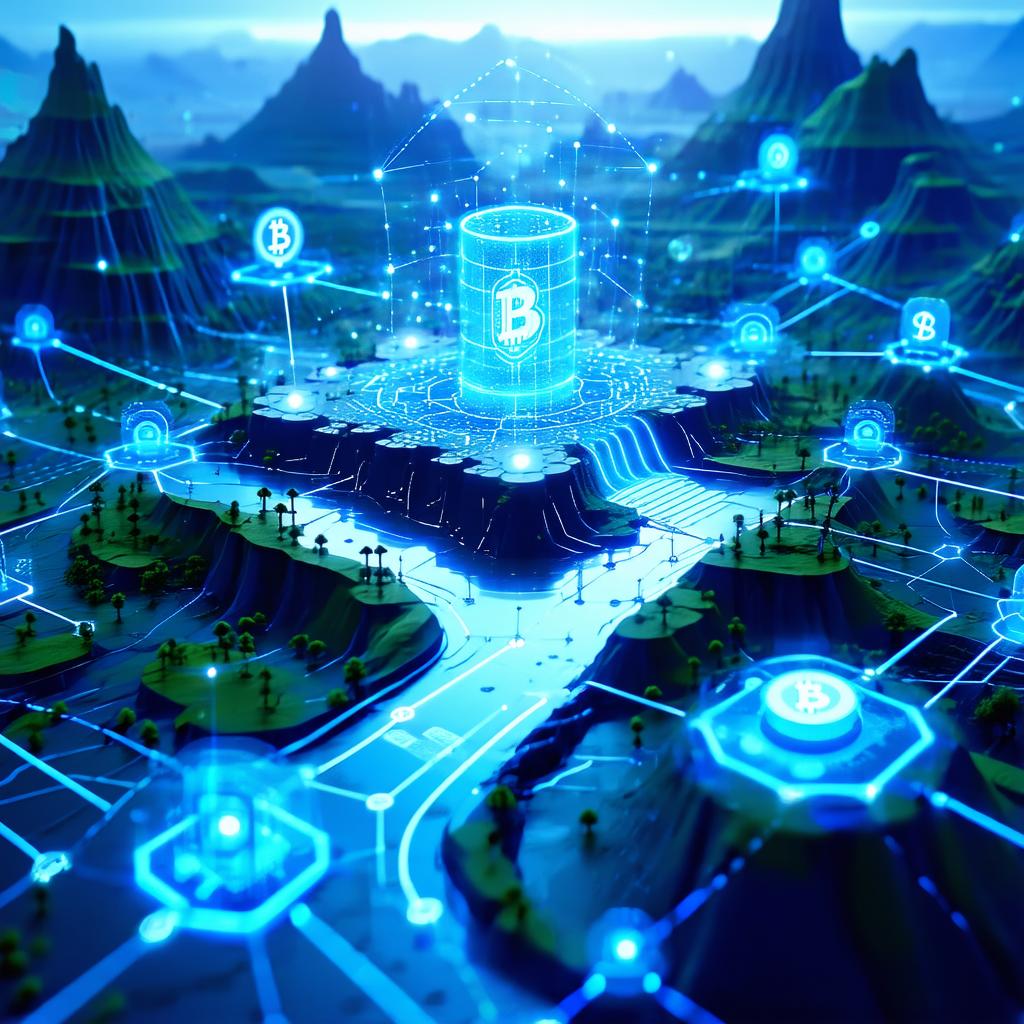

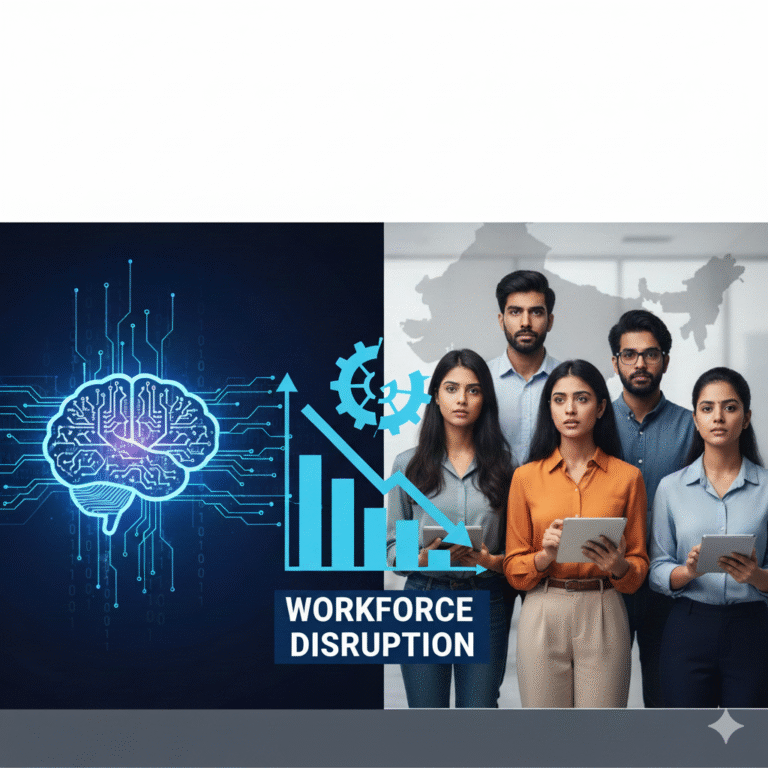

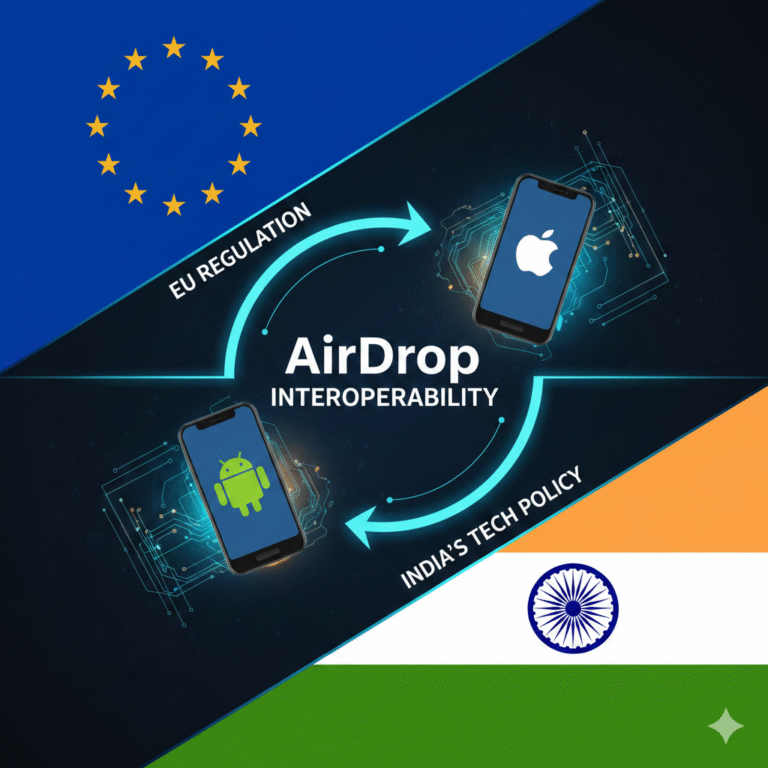


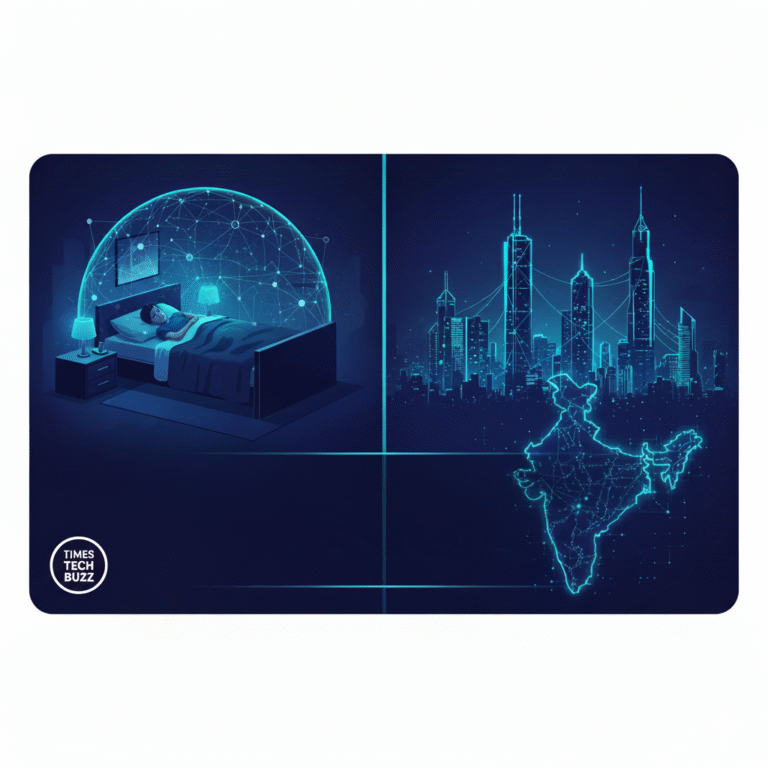

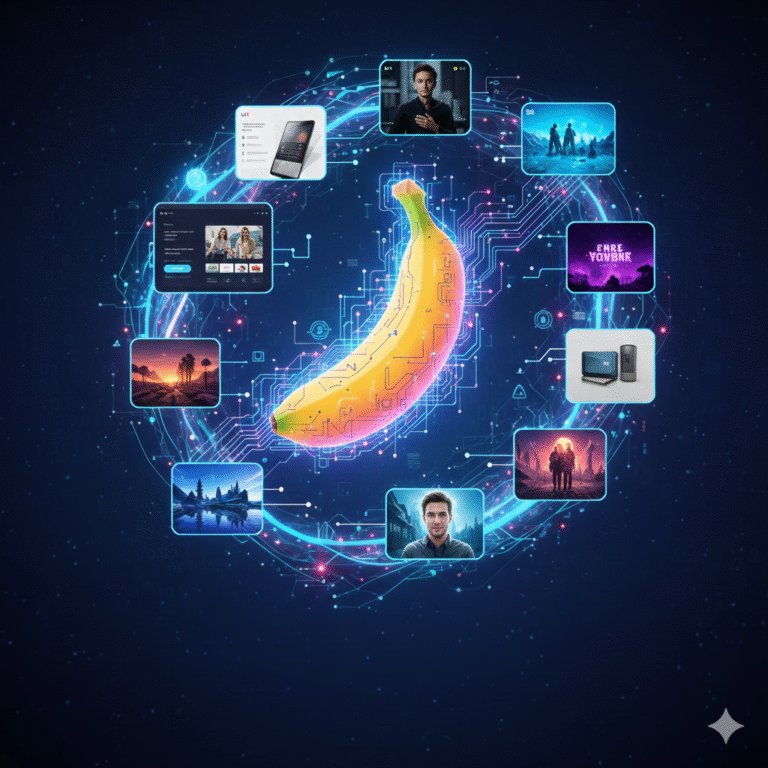
+ There are no comments
Add yours